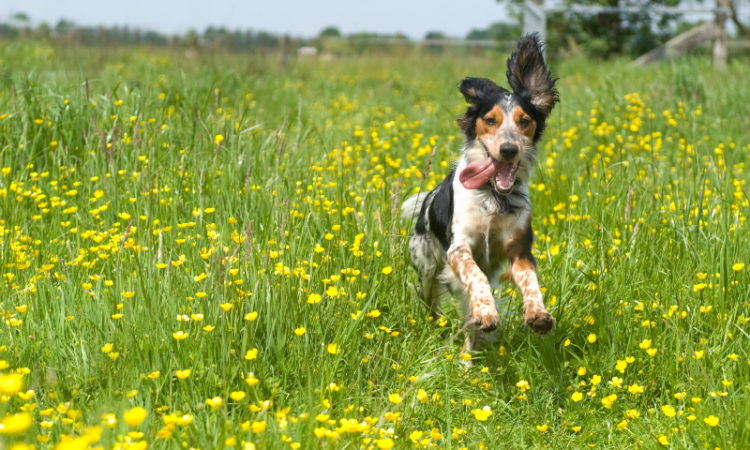Anal glands are located on either side of your dog’s anus. Though some dogs may release the fluid inside these small sacs on their own, sometimes they need additional help. When there’s excess fluid in these sacs, it can be painful for your dog. Trusting our veterinary team with anal gland expression in our safe environment can provide your dog with much-needed relief.
What are the implications of full anal glands?
All dogs have anal glands. When your dog has a bowel movement, their anal glands secrete a lubricating fluid. Dogs can also express their anal glands when they are feeling threatened or scared. Sometimes, the anal glands do not excrete properly during bowel movements, and they can become too full. This can cause the anal glands to become infected or, in extreme cases, even rupture.
Should I drain my dog’s anal glands at home?
We do not recommend trying to express your dog’s anal glands at home. Though there are many tutorials or how-to articles available online, it takes training and practice to be able to fully empty the anal glands and not cause further trauma. Though well-intentioned, you could end up causing your dog more harm by expressing their glands yourself. Please contact our veterinary team at 306-373-3500, if you suspect your dog is having trouble with their anal glands.
If my dog scoots on the carpet a lot, does this mean their anal glands are impacted?
Scooting doesn’t necessarily mean that the anal glands are impacted, but can be a sign that they are not expressing normally during bowel movements, or it could be a secondary symptom of an underlying allergy. Our veterinarians will perform an examination on your dog to determine if their anal glands are the cause of their symptoms and properly express their glands if needed. If these symptoms aren’t addressed, it can cause the licking and scooting to get worse.




